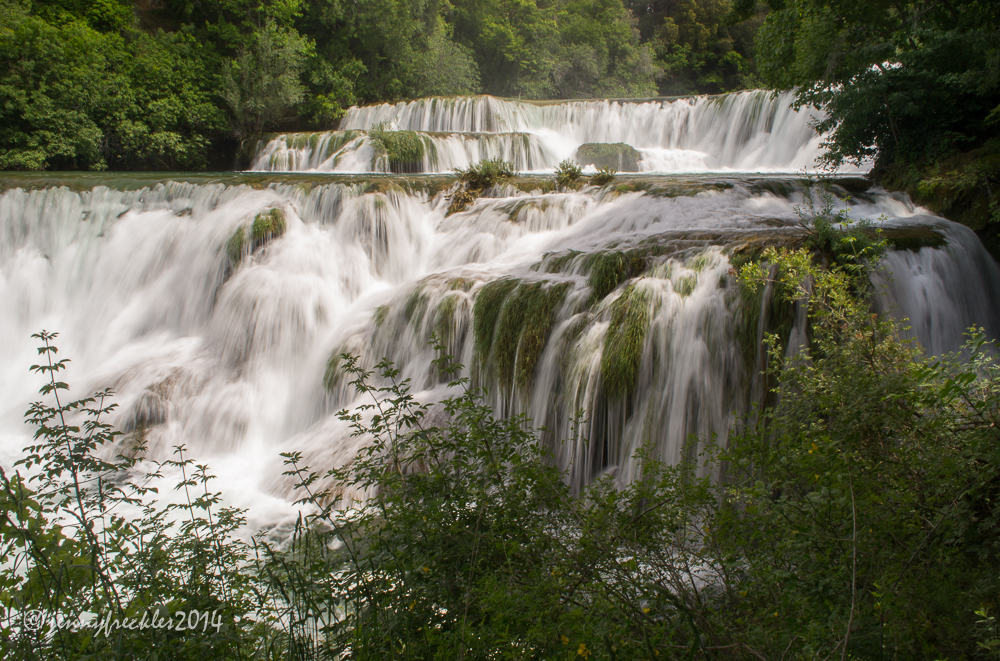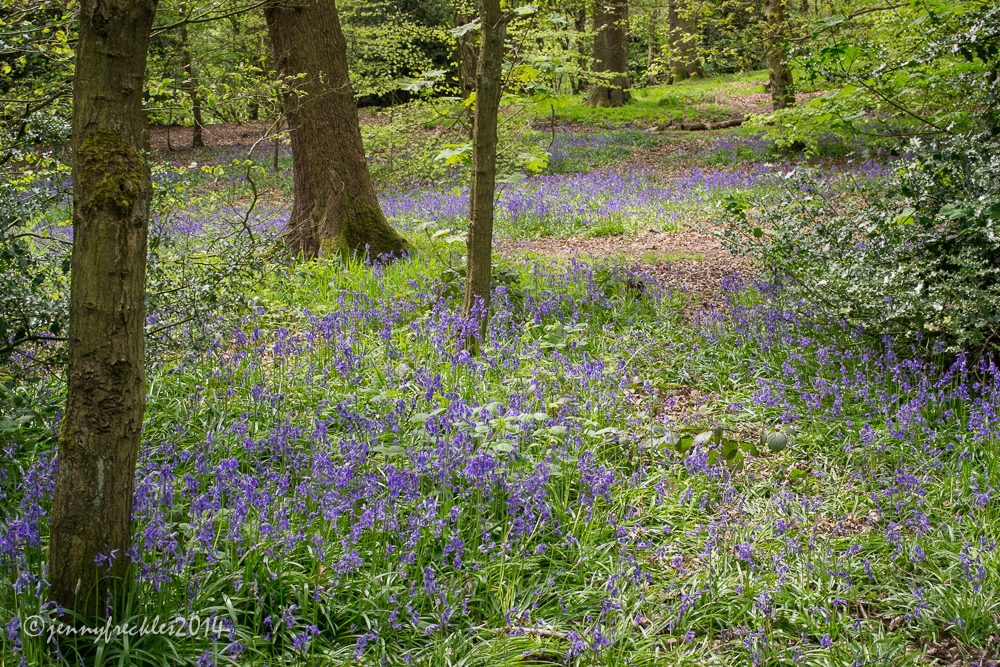Split, in northern Croatia, is an astonishing place and quite rightly designated a UNESCO World Heritage Site. The old part of the city clusters in and around the Roman Emperor Diocletian's Palace, built in 305BC. After Diocletian's death, the palace lay empty but, being heavily fortified, it was later occupied by the area's local inhabitants as a place of refuge. Over the years the main structures within the walls have been adapted and many more buildings constructed within the fortress.
Compare the photo above with the drawing below. The photo is of the facade which now faces Split's harbour with its wide promenade of pavement cafés, perfect for sipping cappucino and watching the world go by. Originally this was the outer sea wall of the palace. Look closely and you can see how the original Roman arches and columns have gradually been infilled.


































